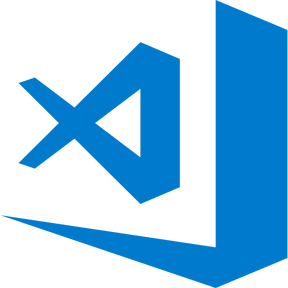- 🚀 Currently Computer Science student at Amrita Vishwa Vidyapeetham .
- Check my profile at Ganapathi12.github.io -> Ganapathi
- Improving experiences in: Computer Vision | React JS | React Native | Django
- ❤️ Passionate about programming and application development and self-taught
🤔 What is victory worth without a fight?












